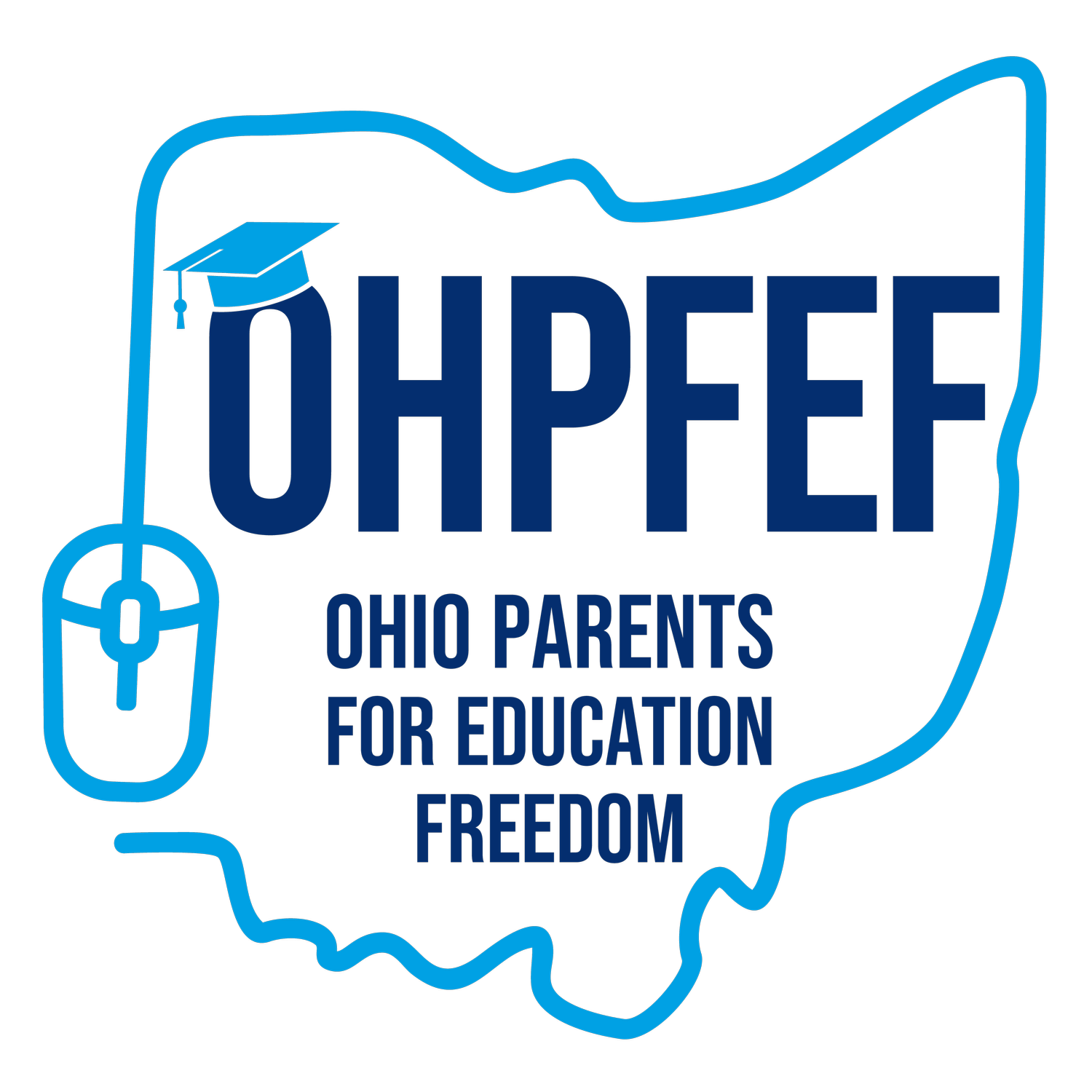By Cynthia Williams, OHPFEF President
We’re all looking for ways to put aside our partisan divides this holiday season. That can be difficult just weeks after a presidential election, especially with hot-button issues like the southern border, abortion, the limits of free speech, and more, where Republicans and Democrats deeply disagree. One stinging comment from Uncle Jim or Aunt Karen could spark a full-on civil war between the gravy boat and the biscuits.
Despite the offerings of sugar cookies and cranberry spritz doing their best to make amends between relatives, bitterness often lingers on the tongue, and a sourness hangs in the air after such political disputes.
But it’s not all bad news. There is one policy area increasingly becoming a bipartisan issue – education freedom.
Education freedom, also known as school choice, empowers families of every socioeconomic status, ideological creed, and ethnic background to choose the best route for their children’s education.
It offers opportunities to students in lower-income and urban areas who would otherwise be stuck in their designated public school. It allows students to choose a virtual public school that gives them the flexibility to pursue other skills or passions. It gives parents the option to remove their child from a difficult bullying situation, enroll them in a virtual school for a year or two, and later return them to a brick-and-mortar public school. It also provides religious families the chance to seek an education that reflects their values.
All of these scenarios may persuade you – or maybe just one of them. Either way, there’s a shared reason school choice resonates with Republicans and Democrats alike: it serves the constituents of every district better than a one-size-fits-all approach.
One education freedom bill considered at the Ohio Statehouse was S.B. 168, which would have allowed remote testing for virtual public-school students. With effective technologies already enabling online LSAT and GRE exams while maintaining testing integrity, it’s certainly possible to extend this to K–12 students. Without such provisions, those students must travel across the state to an in-person testing site where they are often unfamiliar with the setting, other students, and proctors.
Meanwhile, their brick-and-mortar counterparts take the exam in the comfort of their usual classroom, with their usual peers, and their usual teacher proctoring. For parents of virtual students, this often means taking time off work and spending money on hotels and gas to meet in-person testing requirements.
The bill, sponsored by Republican Senator Michelle Reynolds, wasn’t just a Republican initiative. Several Democratic cosponsors also supported it. And while the bill didn’t pass this session, there is hope that remote testing will soon become part of Ohio’s school choice movement.
Even amidst brutal policy battles that evoke harsh words and strong emotions, our elected officials were able to come together to support education freedom for Ohio families. Not only is the bill itself a reason for optimism, but the fact that Republicans and Democrats can still bury the hatchet for the common good is an even bigger reason to rejoice.
Education freedom boasts champions from a diverse group of people, serving as a model for what it means to work across the aisle. Ideological opponents aren’t enemies, and common ground is possible if we’re truly seeking the best for our family members, neighbors, and communities.
Christmas is a time to celebrate what brings us together, not what pulls us apart. As the aroma of turkey and ham fills the air, let’s remember that even in a divided nation, there’s room at the table for shared values and common purpose. This year, let education freedom be the conversation that bridges the gap – an idea sweeter Christmas cookies and stronger than partisanship. After all, the future of our children isn’t red or blue; it’s a shared vision worth fighting for together.

